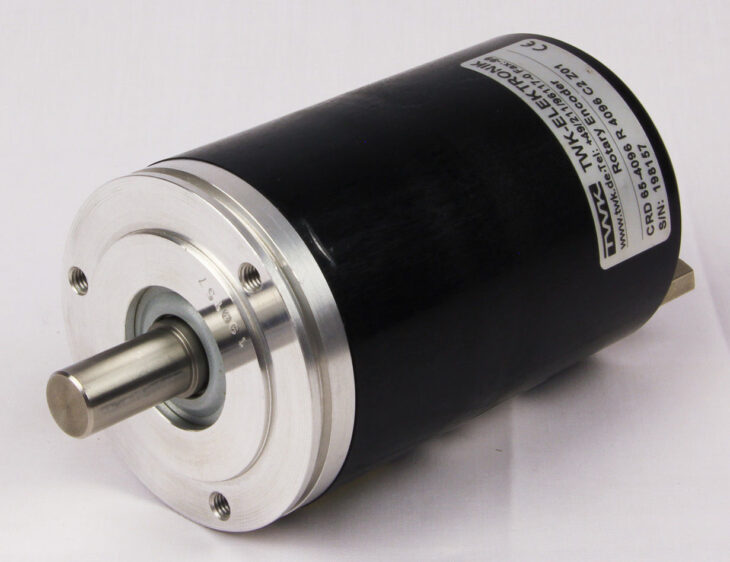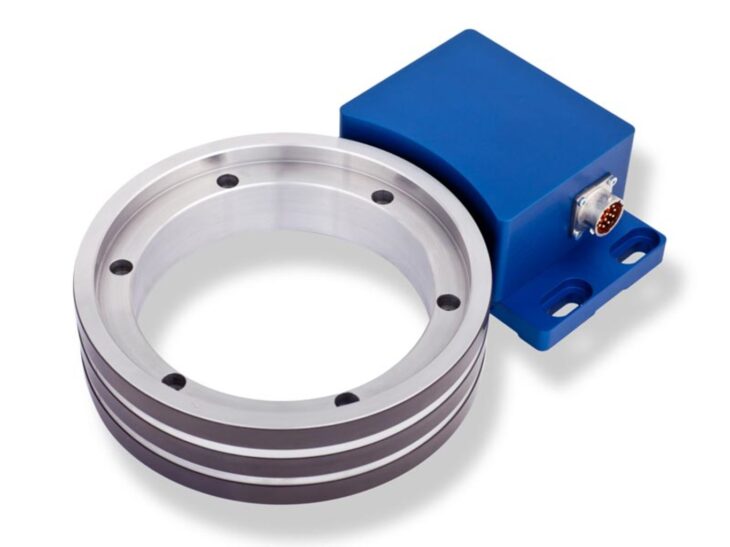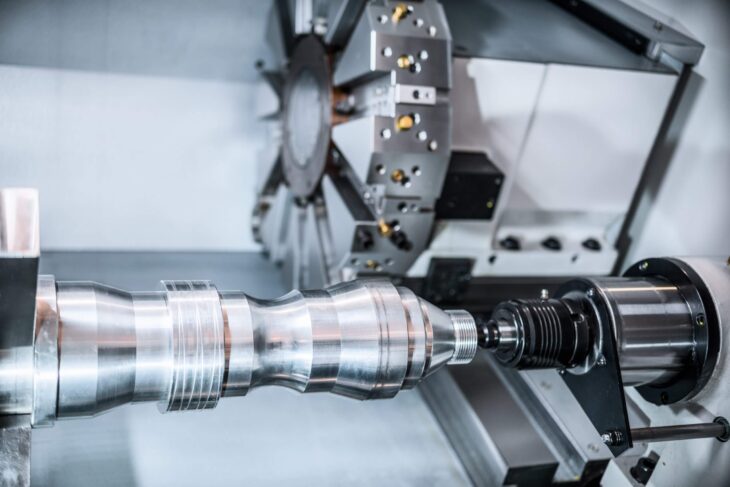The encoder can be found in almost every machine in any industry. They are equally present in machines that pack, load, sort, cut, and are even in robotics. While you may not be able to spot them right away looking at a large-scale machine, know that they are out there somewhere.
The essence of the encoder is as follows: it works using a sensor whose essence is to provide feedback. The movement of the machine is converted into a certain electrical signal. It is this signal that is crucial because the control device in the encoder works like a dye. He controls the movement of the machine. Simply put, encoders are devices that send us feedback on the number, speed, direction, or position of the machine itself. And not only that, with its help, a command can be sent so that the machine can take over a certain function. In this way, it is possible to monitor, for example, how much material was introduced or when and how our material should be cut.
To create a signal, different types of technologies can be used for the encoder, such as mechanical, magnetic, optical, or some other. Finding the right encoder for your application is not such a simple process. Therefore, in the following text, we will bring you closer to choosing the right encoder solution for your motion control application.
As we have already hinted, this choice is not at all one to create a signal, different types of technologies can be used for the encoder, such as mechanical, magnetic, optical or some others. Finding the right encoder for your application is not such a simple process. Therefore, in the following text, we will bring you closer to choosing the right encoder solution for your motion control application.
Of course, the need for the application itself is crucial, but that’s not all. At Encoder.com, we find out that there are a huge number of factors you need to know about the application about this choice. The conditions in which the machine works, the way it moves, the movements it makes, how it is designed, the physical configuration are just some of the characteristics that you should take into account.
For a good choice of the encoder, ie its sensor, one of the first conditions is the environment in which it will work. This primarily refers to humidity, contamination, operating temperature. It is also very important how much vibration and shock during operation. The type of sensor motor plays a key role here. The size of the movement and the sensitivity of the engine is extremely important for this choice. The choice of the encoder is also influenced by whether its movement is one-way or two-way. Another no less important item when choosing an encoder is the budget at your disposal. That is why it is very important to inquire about the types and purposes of different encoders. The most popular on the market are 3 types of encoders: optical, inductive and magnetic.

Source: e-ishop.com
In the case of an optical encoder, a patterned disc is mostly attached to the base of the motor or some other part of the object being monitored. It moves or passes between the source and the photodetector. The photodetector is well attached to the encoder itself. An optical encoder can send feedback in two forms: through square wave pulses or generates a binary digital world. In one way or another, data is read based on which the position, direction, speed, or depending on the application itself is determined.
Like almost every known device, optical encoders have their pros and cons. The good thing about an optical encoder is that it gives you the highest resolution when it comes to feedback. So, if you need surgical precision and work that is accurate to a fraction of a degree, this is the ideal choice for you. Precisely because of these characteristics, the optical encoder is most often used in industries related to science and high precision. However, there is another side to the optical encoder. It is very sensitive to contamination, so it is not recommended for applications that have to do their job in dust or excessive moisture. Since their code disk is made of glass, it is clear that these encoders are very sensitive to shocks or vibrations.

Source: huebner-giessen.com
Magnetic encoders use a slightly different structure to monitor the magnetic field. This is how an iron gear or patterned disc with alternating magnetic domains is most often used. It is the aforementioned alternating domains that create a variable magnetic field. When a changing magnetic field is created, detectors that may be different enter the scene. Solid-state detectors are the most economical. They are very sensitive and impact-resistant.
The advantages of the magnetic encoder are that it is very resistant and withstands difficult working conditions. It can work great in a variety of conditions. Works underwater, in dust and various challenges. They are highly resistant to vibration. In addition to all this, they are very economical and therefore very popular. However, they are not indestructible either. Large magnetic fields can affect its operation, as well as strong shocks, too high temperatures. That is why he needs additional protection. Their resolution, however, is far from superior. They could characterize it as moderate.
Inductive encoders depend on resolvers. Resolvers are digital transformers that have the task of determining the angular position of a rotating load. In this way, we can, to paraphrase, read coils. The main coils work under voltage and are strongly attached to the rotor. Other coils are tied to the stator. The primary coils, ie its rotation, induce a current that initiates the rotation of the secondary coils. Inductive encoders are more advanced versions of resolvers that are designed to solve all their shortcomings. Instead of the previous windings, the coils in inductive encoders are flat, inscribed in the PCB.

Source: heidenhain.us
In this text, we have tried to bring you closer to the different options you have when choosing the right encoder for your business. It is up to you to calculate, check the conditions in which it will work, the amount of vibration or shock. You must know what resolution you need. Gather as much information as possible before ordering your encoder and ask for help with installation.
